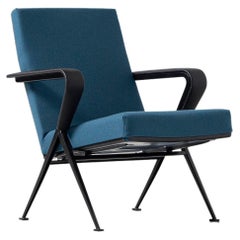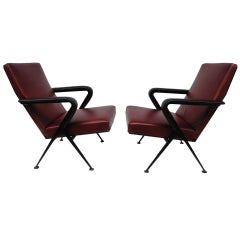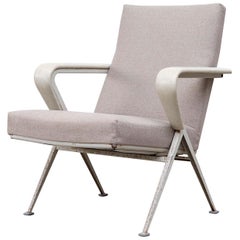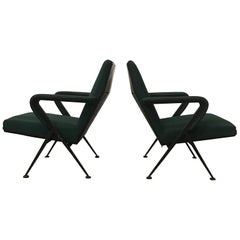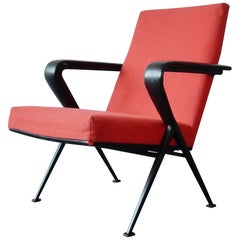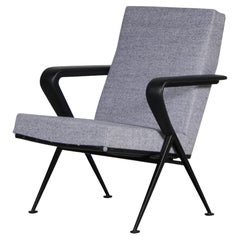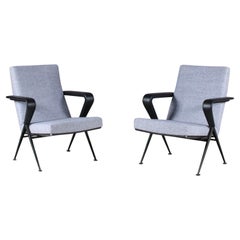Friso Kramer Repose
Vintage 1950s Dutch Mid-Century Modern Armchairs
Metal
Vintage 1960s Dutch Mid-Century Modern Lounge Chairs
Metal, Sheet Metal
Vintage 1960s Dutch Mid-Century Modern Lounge Chairs
Metal
Vintage 1960s Dutch Industrial Lounge Chairs
Metal
Vintage 1950s Dutch Mid-Century Modern Armchairs
Metal
Recent Sales
Vintage 1960s Dutch Lounge Chairs
Metal
Vintage 1960s Dutch Mid-Century Modern Lounge Chairs
Metal
Mid-20th Century Dutch Mid-Century Modern Lounge Chairs
Metal
Vintage 1960s Dutch Mid-Century Modern Lounge Chairs
Metal
Vintage 1960s Dutch Mid-Century Modern Lounge Chairs
Metal
Vintage 1960s Dutch Mid-Century Modern Lounge Chairs
Metal
Vintage 1950s Dutch Mid-Century Modern Lounge Chairs
Metal
Vintage 1950s Dutch Industrial Armchairs
Metal
Vintage 1950s Dutch Mid-Century Modern Armchairs
Metal
Vintage 1950s Dutch Mid-Century Modern Armchairs
Metal
Vintage 1950s Dutch Mid-Century Modern Lounge Chairs
Metal
Vintage 1960s Dutch Mid-Century Modern Lounge Chairs
Metal
Vintage 1960s Dutch Mid-Century Modern Armchairs
Metal
Vintage 1960s Dutch Armchairs
Sheet Metal
Vintage 1960s Dutch Mid-Century Modern Armchairs
Metal
Vintage 1950s Dutch Industrial Lounge Chairs
Metal
Vintage 1950s Dutch Mid-Century Modern Lounge Chairs
Metal
Vintage 1960s Dutch Mid-Century Modern Armchairs
Metal
Vintage 1960s Dutch Mid-Century Modern Armchairs
Metal
People Also Browsed
2010s Italian Greek Revival Benches
Leather, Walnut
21st Century and Contemporary Italian Modern Armchairs
Upholstery
21st Century and Contemporary European Modern Side Tables
Travertine, Stone
21st Century and Contemporary French Art Deco Table Lamps
Steel
Mid-20th Century Danish Scandinavian Modern Armchairs
Leather, Beech
21st Century and Contemporary Italian Chandeliers and Pendants
Brass
Mid-20th Century Italian Mid-Century Modern Lounge Chairs
Brass
Mid-20th Century Italian Art Deco Side Tables
Burl
Vintage 1950s Italian Mid-Century Modern Dining Room Tables
Brass, Steel
Vintage 1970s French Mid-Century Modern Tables
Iron
Vintage 1980s Italian International Style Chandeliers and Pendants
Chrome
Mid-20th Century French Mid-Century Modern Desks and Writing Tables
Marble, Iron
2010s British Scandinavian Modern Tables
Mohair, Oak, Walnut
Vintage 1970s Swedish Space Age Lounge Chairs
Fabric
Vintage 1950s American Mid-Century Modern Floor Lamps
Brass, Steel
Vintage 1940s Danish Scandinavian Modern Settees
Fabric, Mahogany
Friso Kramer Repose For Sale on 1stDibs
How Much is a Friso Kramer Repose?
Friso Kramer for sale on 1stDibs
Through both his bold furniture designs and his teaching and administrative positions within the architecture and design industries, the solution-oriented Friso Kramer helped elevate industrial design to a venerated place in the modernist canon.
While the mid-century years saw no shortage of function-minded modernists, Kramer may have been the most extreme of them. “If form does not contribute to the function, it has no right to exist,” the Dutch designer once said. Born in Amsterdam in 1922 to the pioneering architect Piet Kramer, Friso studied architecture, industrial design, electrical engineering and interior design. He cut his teeth in the studios of architect Jan Piet Kloos and interior designer Frans Paulussen, then, in 1948, went to work as a designer at the steel furniture manufacturer De Cirkel (part of the Ahrend group), where he would design some of his best-known work.
The 1953 Revolt chair, which is among his most celebrated seating and a darling of Dutch mid-century modernism, embodied Kramer’s function-first design; its skeletal, industrial form provides for maximum comfort and ergonomic support with minimal material. He joined forces with Wim Rietveld, son of celebrated Dutch modernist Gerrit Rietveld, for the 1958 Result chair, which married elements of the Revolt with forms from Rietveld’s Pyramid series. Kramer found numerous ways to riff on and perfect his brand of minimalism: The 1960 Resort and Repose armchairs demonstrate how he slightly tweaked the skeletal frames for different postures and uses.
In 1963, Kramer left Ahrend to found Total Design Studio with Wim Crouwel, Benno Wissing and Paul and Dick Schwartz. The firm grouped graphic, industrial and spatial design under one roof with the shared belief in functionalism. Though Total Design Studio is still in business today, Kramer left the company to return to Ahrend in 1971, serving as art director until 1983. Following Kramer’s death in 2019, Ahrend teamed up with Danish design brand HAY to relaunch the Result and Revolt chairs.
Find vintage Friso Kramer chairs, sofas, tables and other furniture on 1stDibs.
Finding the Right Lounge-chairs for You
While this specific seating is known to all for its comfort and familiar form, the history of how your favorite antique or vintage lounge chair came to be is slightly more ambiguous.
Although there are rare armchairs dating back as far as the 17th century, some believe that the origins of the first official “lounge chair” are tied to Hungarian modernist designer-architect Marcel Breuer. Sure, Breuer wasn’t exactly reinventing the wheel when he introduced the Wassily lounge chair in 1925, but his seat was indeed revolutionary for its integration of bent tubular steel.
Officially, a lounge chair is simply defined as a “comfortable armchair,” which allows for the shape and material of the furnishings to be extremely diverse. Whether or not chaise longues make the cut for this category is a matter of frequent debate.
The Eames lounge chair, on the other hand, has come to define somewhat of a universal perception of what a lounge chair can be. Introduced in 1956, the Eames lounger (and its partner in cozy, the ottoman) quickly became staples in television shows, prestigious office buildings and sumptuous living rooms. Venerable American mid-century modern designers Charles and Ray Eames intended for it to be the peak of luxury, which they knew meant taking furniture to the next level of style and comfort. Their chair inspired many modern interpretations of the lounge — as well as numerous copies.
On 1stDibs, find a broad range of unique lounge chairs that includes everything from antique Victorian-era seating to vintage mid-century modern lounge chairs by craftspersons such as Hans Wegner to contemporary choices from today’s innovative designers.
